Influenza A/B Antigen
Product name
HWTS-RT130-Influenza A/B Antigen Detection Kit (Immunochromatography)
Epidemiology
Influenza, referred to as flu, belongs to the Orthomyxoviridae and is a segmented negative-strand RNA virus. According to the difference in the antigenicity of nucleocapsid protein (NP) and matrix protein (M), influenza viruses are divided into three types: A B, and C. Influenza viruses discovered in recent years will be classified as D type. Among them, type A and type B are the main pathogens of human influenza, which have the characteristics of wide prevalence and strong infectivity. The clinical manifestations are mainly systemic poisoning symptoms such as high fever, fatigue, headache, cough, and systemic muscle aches, while respiratory symptoms are milder. It may cause severe infection in children, the elderly and people with low immune function, which is life-threatening. Influenza A virus has a high mutation rate and strong infectivity, and several worldwide pandemics are related to it. According to its antigenic differences, it is divided into 16 hemagglutinin (HA) subtypes and 9 neuroamines (NA) subtypes. The mutation rate of influenza B virus is lower than that of influenza A, but it can still cause small-scale outbreaks and epidemics.
Technical Parameters
| Target region | influenza A and B influenza virus antigens |
| Storage temperature | 4℃-30℃ |
| Sample type | Oropharyngeal swab, Nasopharyngeal swab |
| Shelf life | 24 months |
| Auxiliary instruments | Not required |
| Extra Consumables | Not required |
| Detection time | 15-20 mins |
| Specificity | There is no cross-reactivity with the pathogens such as Adenovirus, Endemic Human Coronavirus (HKU1), Endemic Human Coronavirus (OC43), Endemic Human Coronavirus (NL63), Endemic Human Coronavirus (229E), Cytomegalovirus, Enterovirus, Parainfluenza virus, measles virus, human metapneumovirus, Popularity mump virus, Respiratory syncytial virus type B, Rhinovirus, Bordetella pertussis, C. pneumoniae, Haemophilus influenzae, Mycobacterium tuberculosis, Mycoplasma pneumoniae, Neisseria meningitidis, Staphylococcus and etc. |

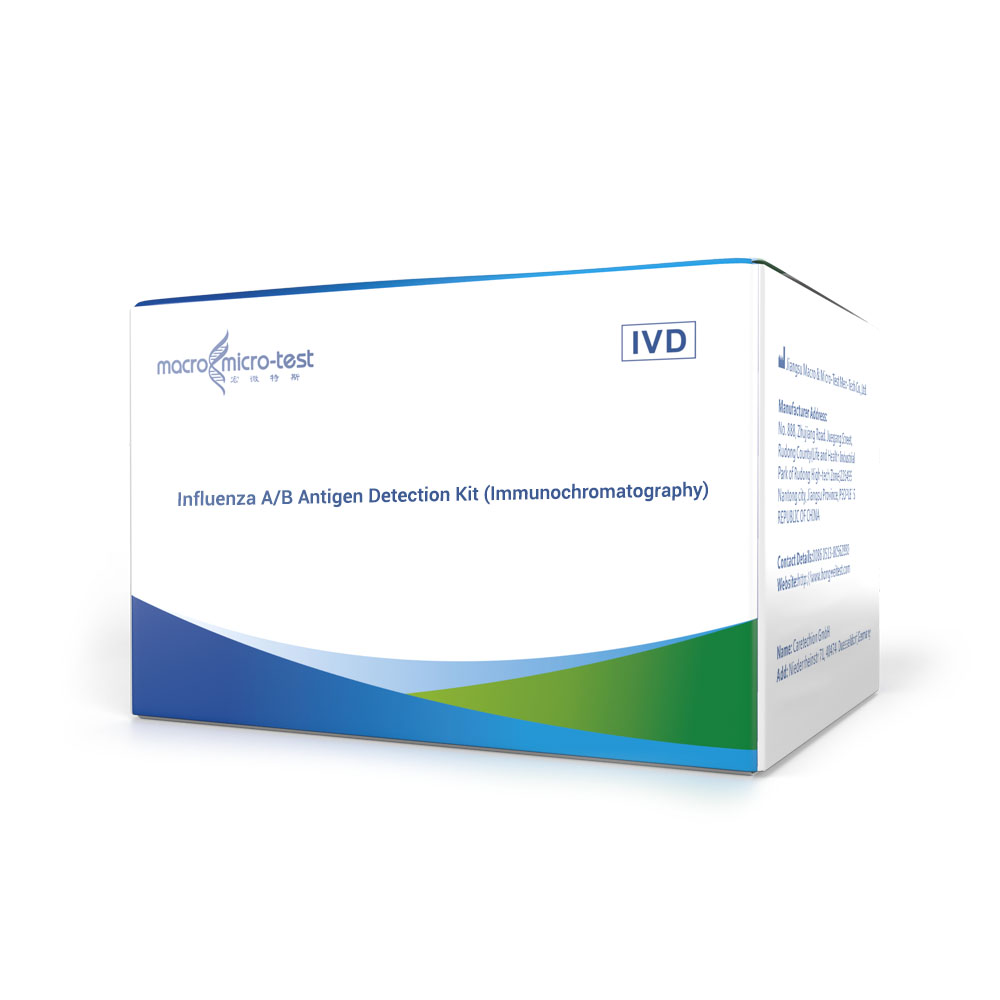
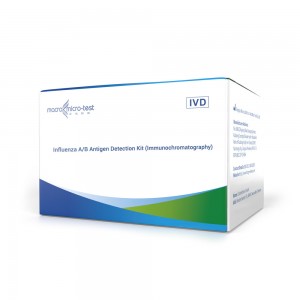
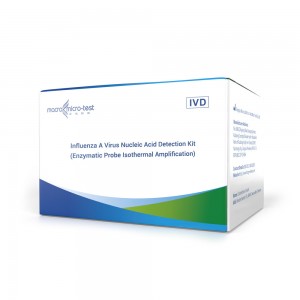
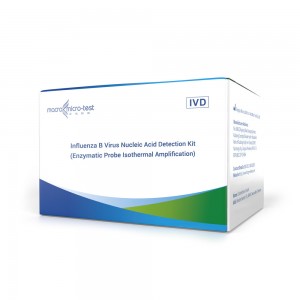
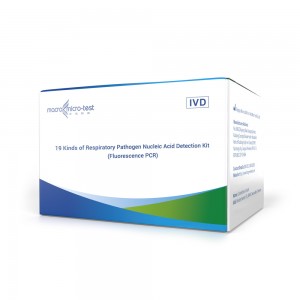

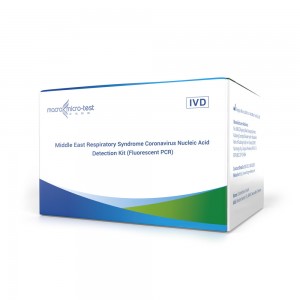
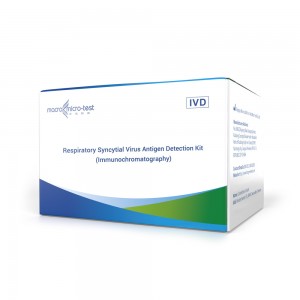
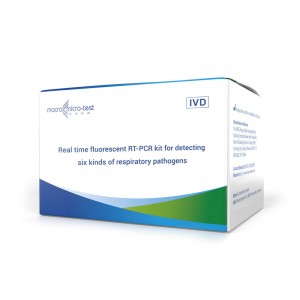
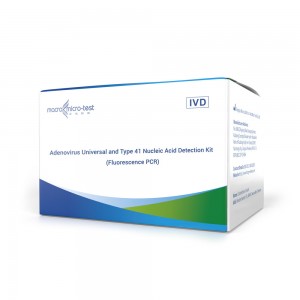
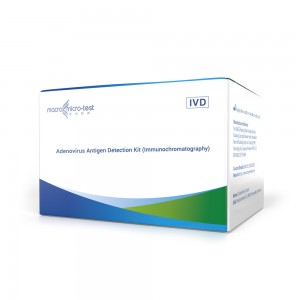
-300x300.jpg)